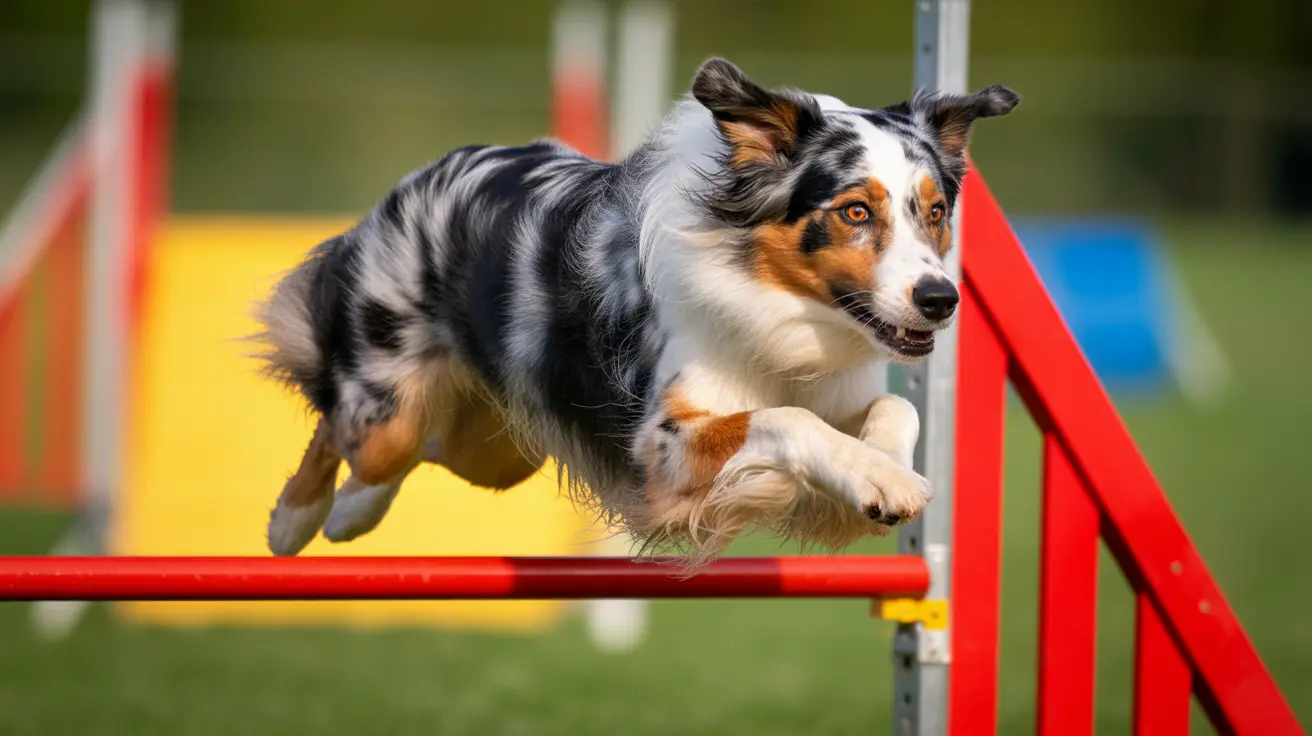Using Neosporin on Dogs' Red Paws: What You Should Know
When your dog starts excessively licking or chewing at its paws and you notice redness between the toes, it might be suffering from a condition known as
pododermatitis. As concerned dog owners seek quick relief for their pet’s discomfort, many wonder whether common over-the-counter ointments like Neosporin can safely be used on their dog’s paws.
What is Pododermatitis?
Pododermatitis refers to
inflammation and irritation of a dog’s paw pads or the skin between the toes. It is not a disease itself but rather a symptom with various possible causes, including allergies, infections, and injuries.
Common Symptoms:
- Redness and swelling between toes or on paw pads
- Licking, chewing, or biting at the paws
- Brown staining of fur from saliva
- Hair loss between toes
- Sores, blisters, or crusts
- Bad odor due to yeast or bacterial overgrowth
- Limping or avoidance of walking
Can You Use Neosporin?
Yes, Neosporin can be used on dogs in small amounts for superficial wounds, including mild irritation or redness between the toes. However, there are a few important considerations:
- Licking risk: Dogs often lick their paws, and ingesting Neosporin may cause digestive upset.
- Superficial use only: It should only be used for minor surface irritations.
- Temporary measure: Neosporin may offer limited relief and does not address underlying causes like infection or allergies.
Precautions When Using Neosporin
To safely apply Neosporin:
- Clean the area gently with warm water and mild antiseptic.
- Dry the paw thoroughly to prevent moisture buildup.
- Apply a thin layer of Neosporin.
- Stop your dog from licking the area by using an Elizabethan collar if necessary.
- Monitor the area for signs of improvement or worsening.
When to Avoid Neosporin:
Never use Neosporin if:
- Your dog has deep wounds, punctures, or infected sores.
- You suspect an allergic reaction or autoimmune skin disease.
- Your dog obsessively licks off topical products.
Possible Causes of Redness Between a Dog’s Toes
Proper treatment of pododermatitis requires understanding its causes:
- Allergies: Environmental (pollen, grass, dust) or food-triggered.
- Infections: Bacterial, fungal, or yeast overgrowths.
- Parasites: Fleas, ticks, and mites such as demodex or sarcoptes.
- Trauma: Cuts, abrasions, burns, or foreign bodies.
- Moisture: Wet environments encouraging microbial growth.
- Immune diseases: Like lupus or pemphigus foliaceus.
- Hormonal disorders: Hypothyroidism, Cushing’s disease.
- Tumors or growths: Including interdigital cysts or cancerous lesions.
- Friction: Prolonged walks or play on rough terrain.
- Breed disposition: Short-haired breeds such as boxers or bulldogs are more prone.
- Behavioral issues: Anxiety-induced compulsive licking.
Comprehensive Treatment Approaches
Depending on the cause, treatment strategies may include:
- Topical antiseptics, wipes, or medicated washes
- Oral antibiotics or antifungals for infected paws
- Allergy medication like antihistamines or corticosteroids
- Targeted therapies such as Apoquel or Cytopoint
- Parasite control measures
- Surgical intervention for cysts or tumors
- Behavior management or anti-anxiety options
- Special diets for food sensitivities
Prevention and At-Home Care
Daily care and hygiene play a significant role in preventing flare-ups:
- Trim hair and nails around your dog’s paws
- Dry paws thoroughly after walks or baths
- Use paw balms or protective boots in extreme weather
- Regularly inspect for wounds, ticks, or discoloration
- Keep allergens and irritants to a minimum
When to See the Vet
Seek veterinary advice if:
- Symptoms persist beyond a few days
- There is noticeable pain, limping, or reluctance to walk
- Foul odors, bleeding, or discharge appear
- Self-care fails to improve the condition
Conclusion
While
Neosporin may provide short-term relief for minor irritation between a dog's toes, it is not a long-term solution. A veterinarian can help identify and treat the root cause more effectively, especially when symptoms of pododermatitis persist or worsen. Regular paw care, good hygiene, and early intervention are key to maintaining your dog’s paw health.





